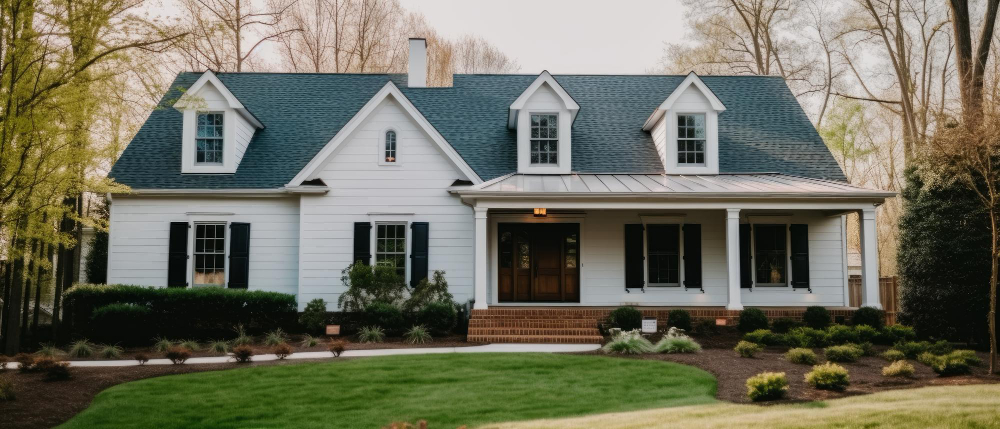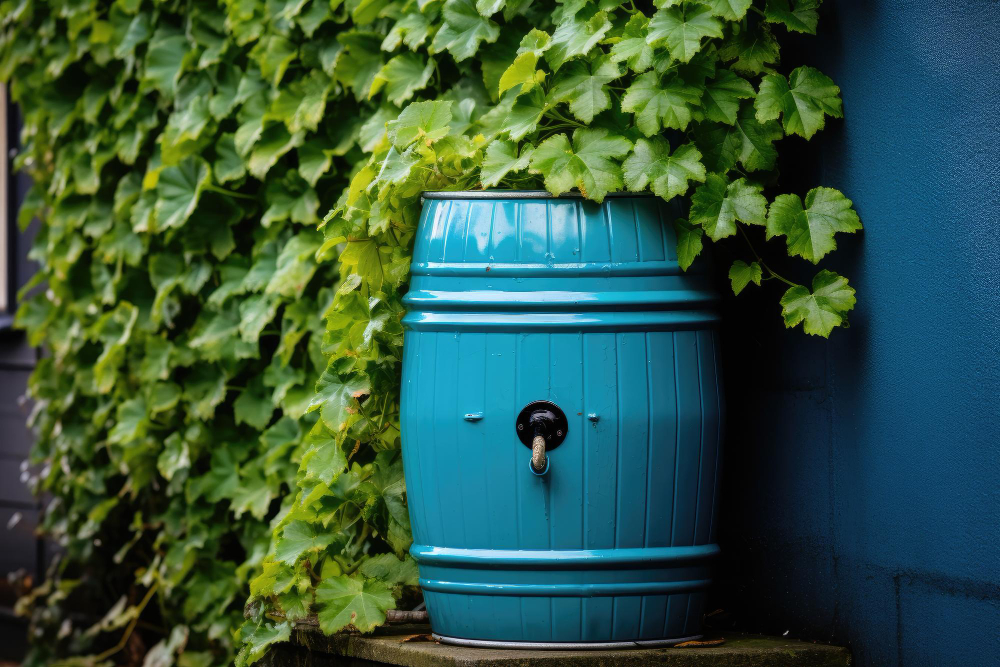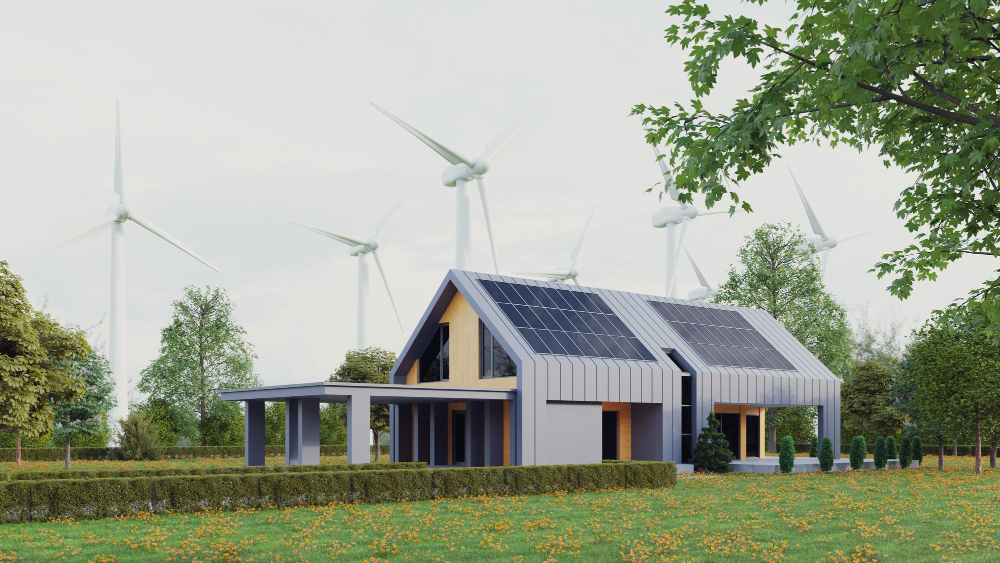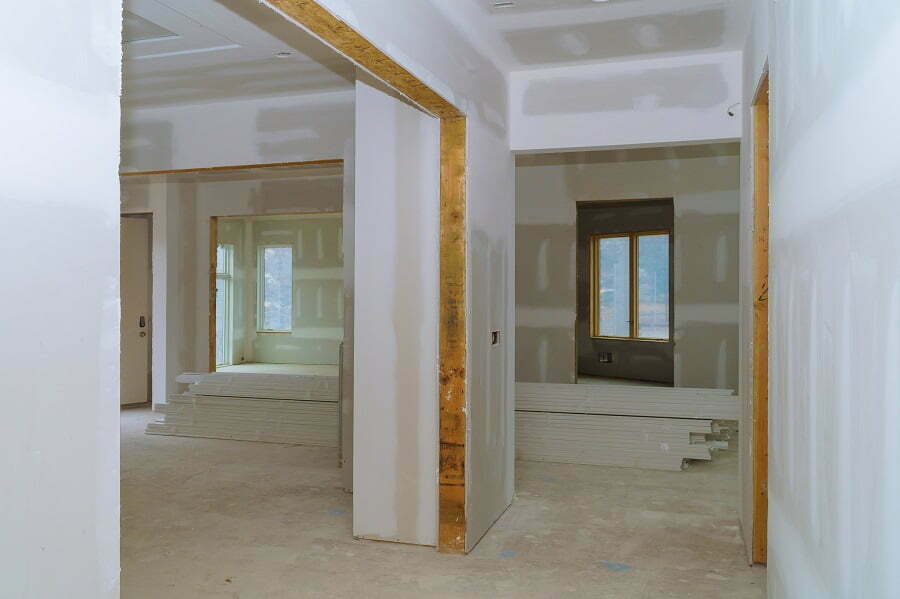Last updated on
Our homes are extensions of our lives, and how we look after them can make a real difference to the environment. We can either promote eco-friendly practices or contribute to the degradation of our surroundings. In this article, we discuss how renovating your home can make it more sustainable.
The Use of Eco-friendly Materials

These materials have a lower environmental impact in terms of production, installation, and disposal. Consider opting for materials like bamboo, reclaimed wood, or recycled glass and metal.
They can significantly reduce the demand for new resources and decrease waste production. Moreover, they often possess inherent properties that enhance the home’s overall sustainability (e.g. improved energy efficiency or biodegradability).
Selecting natural and non-toxic finishes is also vital. Traditional paints, sealants, and adhesives often contain volatile organic compounds (VOCs). These contribute to air pollution and can cause health issues.
By choosing low or no-VOC products, homeowners can ensure better indoor air quality. At the same time, they can reduce environmental contamination. Every decision in material selection – from insulation to flooring – should reflect a commitment to environmental responsibility and ecological preservation.
Customized Homes and Renovations

Specialist companies can build customized homes and undertake customized renovations on existing ones. In turn, this allows homeowners to incorporate sustainability from the ground up. These companies often prioritize eco-friendly materials, advanced technologies, and innovative designs.
As a result, they can optimize energy efficiency and minimize environmental impact. Customization enables homeowners to tailor their homes to their specific needs and preferences. This can include adhering to sustainable principles and making sure every component aligns with these goals.
The end result can be a home that’s both environmentally friendly and uniquely reflective of individual values and lifestyles. The visitors to Ernstbrothers.com confirm the market for awarded custom home builders who are trusted by local architects and interior designers.
People want employees, contractors, construction specialists, and supervisors to work hand in hand, ensuring that their project’s successfully completed.
Energy-efficient Technologies

This includes the incorporation of LED lighting, energy-efficient appliances, and high-efficiency heating and cooling systems. These technologies can minimize energy consumption and also decrease utility bills, offering a dual benefit to homeowners.
Moreover, adopting renewable energy sources (like solar panels and wind turbines) can drastically reduce dependence on fossil fuels. This mitigates carbon emissions and promotes a healthier environment.
Advancements in energy storage technology also allow homeowners to store excess energy. This can ensure a steady power supply, even during times of low energy production.
Water Conservation

Water is a precious resource, and sustainable renovations should include strategies for its conservation. If you employ water-efficient appliances, fixtures, and irrigation systems, you can significantly reduce water consumption.
Integrating rainwater harvesting systems and greywater recycling can provide alternative water sources. These can be used for non-potable purposes like irrigation and flushing toilets.
The implementation of native and drought-tolerant landscaping can also contribute to water conservation. These plants are adapted to local climates, requiring less water and maintenance compared to non-native species. Such landscaping choices can enhance the local ecosystem, and reduce the need for harmful pesticides and fertilizers.
Waste Reduction and Management
This includes reusing construction waste and opting for products with minimal packaging. Responsible disposal of waste materials (including proper sorting and recycling) can significantly reduce the environmental impact of renovation projects.
Homeowners can further contribute to waste reduction by choosing durable and long-lasting materials and products. These require less frequent replacement – reducing resource consumption and waste production over time. Implementing composting and utilizing reusable or recyclable products also aids in minimizing waste generation within the household.
Sustainable Landscaping
By opting for the native plants we discussed earlier, homeowners can support local wildlife and reduce water consumption. This is because these plants are adapted to the region’s climate and conditions.
Incorporating permeable paving and strategically placed trees can help manage stormwater runoff and provide shade. As a result, this can reduce the urban heat island effect.
Integrating edible plants and creating vegetable gardens can contribute to household sustainability. It achieves this by providing a source of fresh, organic produce.
In turn, this reduces dependence on commercially grown foods. These landscaping decisions benefit the environment and foster a deeper connection between individuals and the ecosystems they inhabit.
Renovating for sustainability is a multifaceted approach that involves every aspect of the home environment. From the materials we choose to the technologies we embrace, every decision can make our homes more eco-friendly and energy-efficient. As a result, homeowners can demonstrate their commitment to preserving the planet for future generations.
Related reading:
Table of Contents





